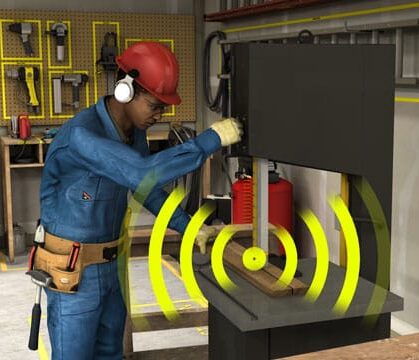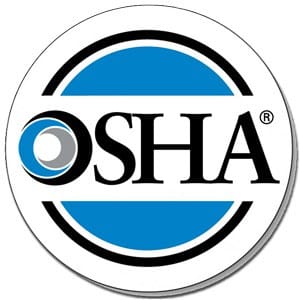February 3, 2020 3 min read

Health Care Case Study: Proactive Reporting of Safety & Security Risks with Vector LiveSafe
Industry:
Solution:

Major Health Care Client Case Study
About the Health Care Client
One of our major healthcare clients has dedicated its mission to making life better for children. Today, it is one of the 10 largest pediatric healthcare providers in the United States. This private, not- for-profit organization operates three hospitals. In 2016, the system’s 7,000 employees treated more than 278,000 patients.
The Situation
The security department at this healthcare organization works hard to keep the employees and patients safe so that everyone can focus on helping each child grow healthier and happier. As part of this commitment, they conduct regular training and safety drills. Uniformed officers patrol the hallways, checking in with each department. They have installed blue emergency call boxes throughout the parking garages. Also, they operate a 9-1-1 style emergency dispatch that allows security officers to respond quickly when needed.
The Challenge
Despite the security department’s frequent interaction with employees, many employees were hesitant to contact security when they saw something unusual. Employees would often mention seeing a suspicious person or issue after the fact.
“We wouldn’t know about it until we ran into somebody a week later at a meeting or in a hallway or getting lunch in the cafeteria. Then they let us know about it,” the Director of Security said.
“They would say to themselves, ‘Oh, I don’t think I need to call 9-1-1. I don’t want to bother security. I know they’re busy,” the official said.
When employees were unsure whether something might be relevant or not, they often second guessed their impulse to report it immediately.
The Choice
The major healthcare client’s security team realized that the Vector Solutions LiveSafe mobile risk communication platform could complement many of their existing tools.
“We already had an email [address], you could email. We already had a phone number you could call. But we know there are roadblocks to using those,” said the client’s Director of Security. LiveSafe’s simple interface encourages employees to report potential threats sooner
– even when they are uncertain if something is amiss. “Now we’re getting reports that normally someone wouldn’t send us or call to tell us about instead of hearing about it a week later,” the security official said.
The Change
Deploying LiveSafe has expanded the security team’s visibility into common issues and allows them to determine the appropriate next step, avoiding surprises or delays due to lack of information regarding potentially dangerous situations. The team now sees issues that might have gone directly to another department or been left unreported, and can take steps to prevent and mitigate incidents. Often these issues require more attention than the employee reporting it might initially realize. Routing the inbound tip through security allows dispatch to make a professional assessment, send an officer immediately if warranted and delivers help where it is needed quicker.
“We’ve made a big investment in 7,000 people. LiveSafe is just another opportunity to invest in their safety while they’re on campus, which in turn invests in the safety of everyone on campus. If your employees feel safe, they are going to do a better job. Letting people know that the organization cares enough about each employee’s safety and the safety of the people they are going to treat is an important message. It helps employees feel good about being a part of and loyal to an organization dedicated to helping and caring about people.”
Director of Security of Health Care Client







